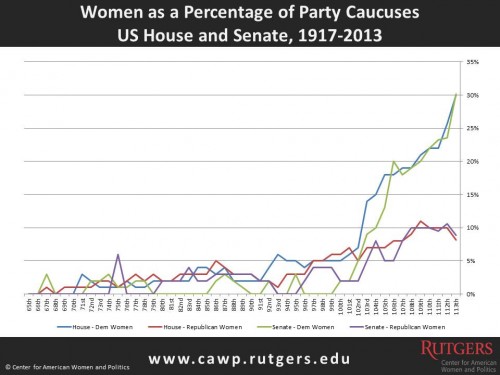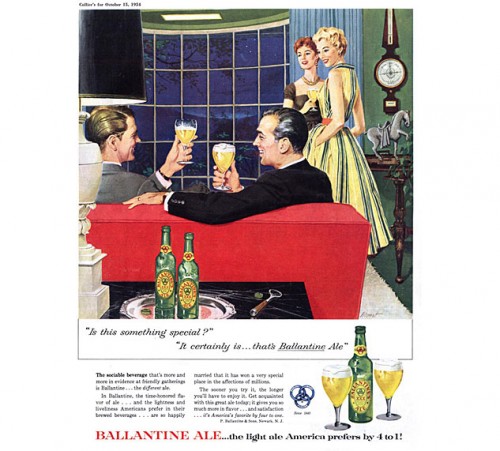This February, president Obama sat down for dinner with his visiting French colleague, François Hollande. In the company of the first lady, other government officials, and some celebrities, the men enjoyed an appetizer of Illinois caviar, Pennsylvania quail eggs, and 12 US varieties of potatoes. The main dish was a Colorado beef steak with mushrooms, Vermont cheese, and salad, followed by a dessert of Hawaiian chocolate cake, Florida tangerines, and Pennsylvania vanilla ice-cream. Three types of wine accompanied the meal. Not just any types of wine: they were American wines made by French-born winemakers.
Like the food, nothing in this meal was left to chance. But why was the encounter so carefully planned? Would it make a difference if, to celebrate the French-American friendship, the presidents raised a glass of Italian wine instead?
Food provides us with much more than physical sustenance: it is a symbol of relationships among individuals and groups. What was at stake at the February state dinner was not just pleasing the presidents’ palates, but nurturing ties within and between entire nations.
Imagine, first, that the diners were served tortillas or spaghetti as a main course instead of the dry-aged, family-owned-farm-raised rib eye beef steak they had. The former quickly evoke images of Mexico and Italy, while the latter tells a distinctly American story.
Serving dishes associated with particular countries is one way of fostering an imagined community – a nation state – which Benedict Anderson describes as being too great to be maintained by personal relationships, and one that must be continuously symbolized in order to persist. Especially on celebratory occasions, food takes part in producing and communicating national identities.
State dinners aren’t the only such example: another is the festive food used in New Year’s meals. The Vietnamese will eat a tet cake, the Belgians will have smoutebollen, and Slovenians will always have potica. In a melting pot nation, sending a message of a coherent community is even more important. France used banquets in it post-revolutionary times to bring together citizens in defiance of regionally specific gastronomies, writes Julia Csergo. Similarly, during the state dinner, a steak symbolizing quintessential America amidst its diversity was the star of the presidents’ meal.
And imagine, second, what would happen if president Hollande refused any part of the meal. If he skipped the cheese, we might think he is suspicious of the way the U.S. regulates its dairy industry. If he only finished half his potatoes, does that mean American produce does not taste good enough for the French? And if he rejected the dinner invitation to begin with, does this indicate the French dislike the US altogether?
Such presidential gestures would transcend his individual palate. Two political representatives sharing a meal are not only communicating their own food preferences, they are shaping a relationship between two communities. Using commensality as a political instrument is as old as the feasts of ancient Greeks and Romans, writes Richard Ascough: the banquets that took place on special occasions served to maintain connections with gods as much as to foster connections between citizens and forming a political identity. Those who partook in the meal were considered part of a tight group, while those who were not invited, or worse yet, refused the invitation, cast themselves as outsiders. The American and the French presidents enjoying a meal together, then, symbolizes the nations’ peaceful coexistence and firm diplomatic ties.
Offering a bottle of Italian wine instead of a French-American one during the state dinner would not be a disaster, but it would certainly convey a different message, one perhaps of a somewhat colder relationship. But if we are to believe Mary Douglas’ classical 1972 text, Deciphering a Meal, just the fact the presidents were sharing more than drinks is promising: we are almost never reluctant to share a drink with strangers, while sharing meals tends to be reserved for those to whom we wish to signal intimacy. The state dinner, conveniently held right before Valentine’s day, was a political sign of affection.
Teja Pristavec is a graduate student in the sociology department, and an IHHCPAR Excellence Fellow, at Rutgers University. She blogs at A Serving of Sociology.
Cross-posted at A Serving of Sociology and Everyday Sociology.
 Please enjoy these posts from Mother’s Days past:
Please enjoy these posts from Mother’s Days past:

